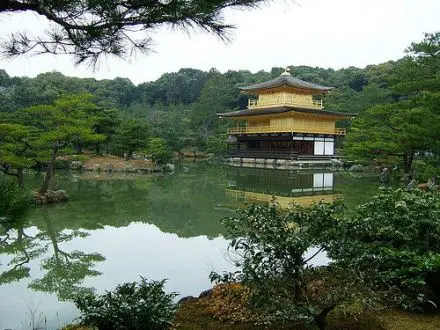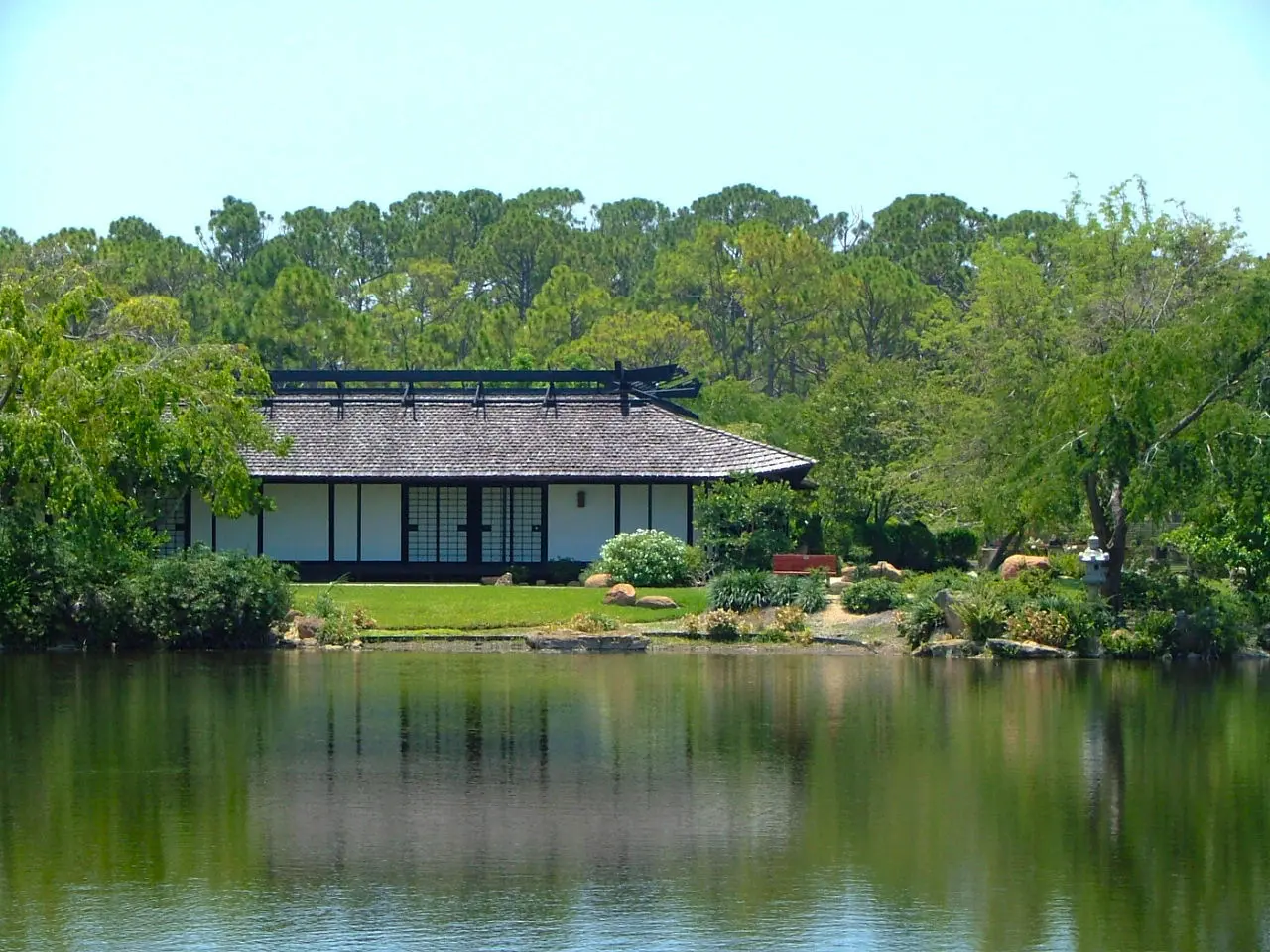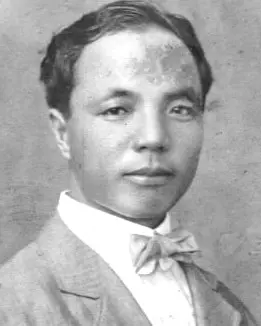Nestled within the hustle and bustle of urban south Florida is a serene and contemplative place that evokes rural Japan.
The Morikami Museum and Japanese Gardens in Delray Beach was a gift to Floridians from successful farmer George Morikami, who emigrated here in 1906 as a member of the Yamato agricultural community.
“The Japanese heritage of Palm Beach County is something that is really little known and little understood,” says Tom Gregerson. After 35 years as senior curator at the Morikami Museum and Japanese Gardens, Gregerson retired in 2013. “It’s a surprise for our visitors to find that there was once a colony of Japanese living in this area.”
Jo Sakai, a recent graduate of the business school at New York University, came to Florida in 1903 with plans to create a series of Japanese agricultural communities. State leaders were excited by Sakai’s proposal, and took him to potential development sites.
Henry Flagler’s Model Land Company was encouraging settlement along the rapidly expanding Florida East Coast Railway. The railway could provide shipping for produce. A piece of land in present-day Boca Raton with access to the railway seemed like a good spot for Sakai to begin a farming community.
Sakai called the community Yamato, an ancient name for Japan.
George Morikami was 19 years old when he emigrated to the Yamato community from Miyazu, Japan in 1906. He was originally an indentured laborer, working to pay off his passage to America. Like the other Yamato colonists, Morikami grew and sold fruits and vegetables, including tomatoes and pineapples.
After three years at Yamato, Morikami spent a year in Brevard County to attend school and learn to speak English, while also working as a farm laborer.
Morikami returned to Yamato, where he and the other farmers were successful for about 20 years. By the late 1920s, a failing economy was taking its toll and most of the Yamato colonists relocated to other parts of the country, or went back to Japan.
Eventually, Morikami was the last remaining farmer from the Yamato community.
During World War II, the U.S. government seized Morikami’s land to create an Army Air Corps training base where the Boca Raton Airport and Florida Atlantic University are now located. Near the end of the war, Morikami relocated his farm to Delray Beach, where he continued working for nearly 30 years.
In the early 1970s, Morikami began what was a surprisingly difficult effort to give his land away. With the growth occurring in south Florida since that time, reluctance to accept a gift of prime real estate is almost unimaginable today. After the City of Delray Beach declined Morikami’s generous donation of nearly 200 acres, Palm Beach County eventually accepted.
What was once rural farmland is now surrounded by urban growth and expensive housing developments.
“He wanted to give his property away to be used in a manner to benefit the people of his adopted country, the United States,” says Gregerson. “He felt he was afforded many opportunities here and he wanted to thank the people of his adopted country for those opportunities.”
Morikami was granted United States citizenship in 1967.
The Morikami Museum and Japanese Gardens opened in 1977, two years after George Morikami’s death at the age of 89.
Winding paths on the property take the visitor through six Japanese gardens representing various historical periods. The museum features rotating exhibits of both traditional and contemporary Japanese art and artifacts. A critically acclaimed restaurant serves Pan-Asian cuisine.
Special events are held throughout the year, including Taiko drum performances, Sushi and Stroll Summer Walks, and the Oshogatsu New Year Celebration. The Lantern Festival in the Spirit of Oberon, held in the fall, honors ancestors with music, storytelling, luminaries, and fireworks.
The Hatsume Fair, held in the spring, is the venue’s largest annual event featuring three performance stages, craft and food vendors, children’s activities, and demonstrations of Japanese culture.
Many people enjoy visiting most when the main attractions are the peaceful natural surroundings and quiet museum displays.
While experiencing the serenity of the Morikami Museum and Japanese Gardens, the visitor can reflect upon the amazing cultural contributions made by diverse immigrants seeking the American Dream in Florida.
Dr. Ben Brotemarkle is executive director of the Florida Historical Society and host of the radio program “Florida Frontiers,” broadcast locally on 90.7 WMFE Thursday evenings at 6:30 and Sunday afternoons at 4:00, and on 89.5 WFIT Sunday mornings at 7:00. The show can be heard online at myfloridahistory.org.


